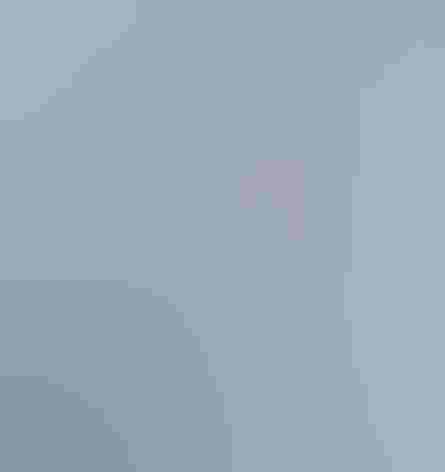Audubon’s Shearwater
At a Glance
This small seabird is widespread in the Atlantic, Pacific, and Indian oceans, mostly in tropical waters; in North America, it is regular over warm waters off the southeastern coast. At sea it is usually solitary or in small groups.
All bird guide text and rangemaps adapted from Lives of North American Birds by Kenn Kaufman© 1996, used by permission of Houghton Mifflin Harcourt Publishing Company. All rights reserved.
Category
Gull-like Birds, Shearwaters and Petrels
Conservation
Low Concern
Habitat
Open Ocean
Region
Florida, Mid Atlantic, New England, Southeast, Texas
Behavior
Flap/Glide, Rapid Wingbeats
Population
35.000
Range & Identification
Migration & Range Maps
Moves north in Gulf Stream in late summer and fall. Northernmost records (off New England) tend to coincide with periods of highest water temperature. Some also move into Gulf of Mexico. Dispersal distance is quite limited compared to long migrations of some shearwaters.
Description
11-12" (28-30 cm). W 28 (71 cm). Dusky brown above, white below. Like Manx Shearwater but has distinctly longer tail, more dark under tail, somewhat less white under wing. White may come up higher on face. Flies with fast wingbeats and short glides.
Size
About the size of a Crow, About the size of a Robin
Color
Black, White
Wing Shape
Pointed, Short, Tapered
Tail Shape
Pointed, Rounded, Wedge-shaped
Songs and Calls
Twittering calls and mewing notes heard at night in breeding colonies.
Call Pattern
Flat
Call Type
Odd, Raucous, Scream
Habitat
Open ocean. Almost exclusively over warm waters; follows warm current of Gulf Stream north. Very seldom comes near land in North America. Nests on islands, both along rocky coastal edges and in wooded areas farther inland.
Sign up for Audubon's newsletter to learn more about birds like the Audubon's Shearwater
Behavior
Eggs
One per season. White. Incubation is by both sexes, about 51 days.
Young
Chick is brooded or attended by one parent for several days after hatching. Both parents feed young, visiting at night. Last feeding of young is about 70 days after hatching; 3-5 days later, young departs from nest. Leaving at night, young climbs to highest point nearby, makes its first flight out to sea.
Feeding Behavior
Forages by diving and swimming underwater, rowing with wings; may be quite agile underwater. Also feeds by seizing items at surface. Probably feeds by night as well as by day. Does not ordinarily follow ships like some seabirds.
Diet
Squid, fish. Diet not well known, apparently mostly small squid and fish. Has been reported to eat many sardines at times.
Nesting
Breeds in colonies on islands. Active at colonies only at night. Adults may arrive at colony 3 months before time of egg-laying. Members of mated pair spend much time together at nest site, rubbing bills together, often calling loudly. Nest: Site is in narrow natural crevice in rock, in underground burrow, or on ground under dense vegetation, usually with little or no nest lining added.
Climate Vulnerability
Conservation Status
Populations in Caribbean vulnerable to disturbance as human population of that region continues to grow. Formerly a common breeder in Bermuda, last recorded in 1980s. Has probably declined on larger islands in the Bahamas and elsewhere.




